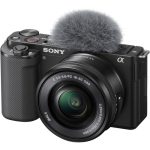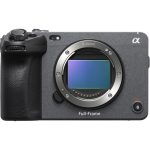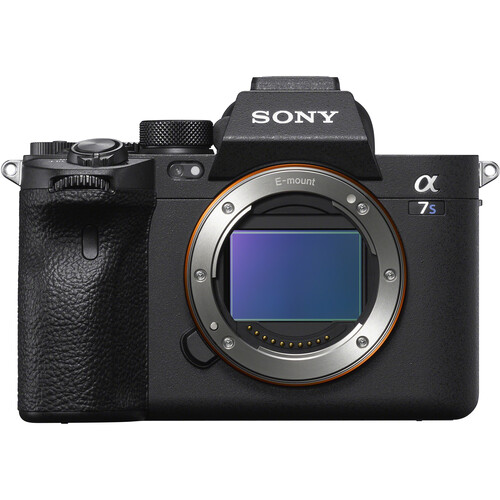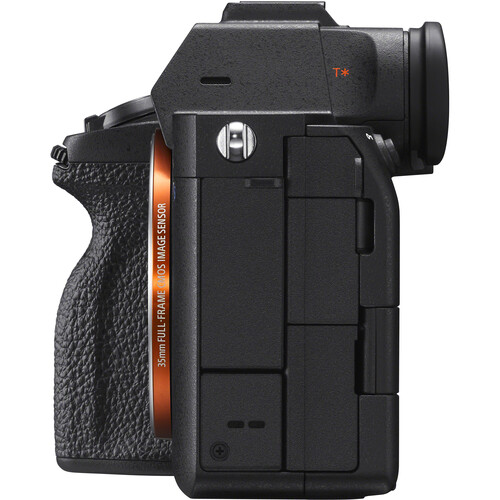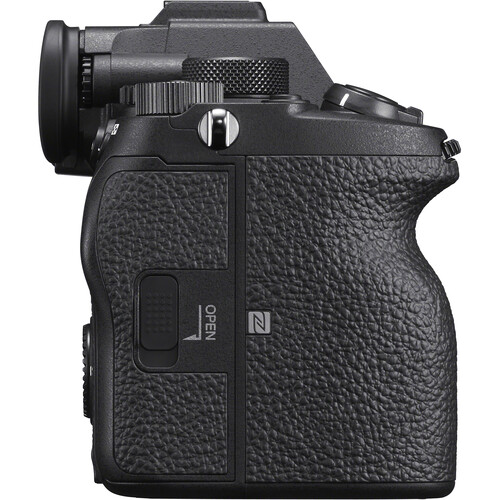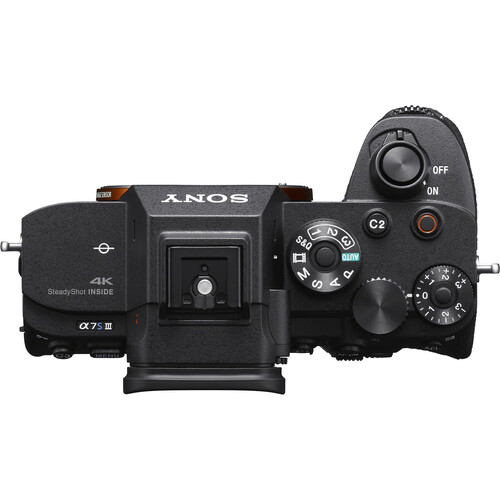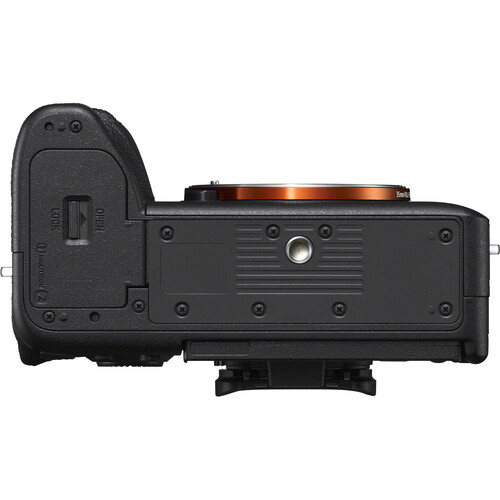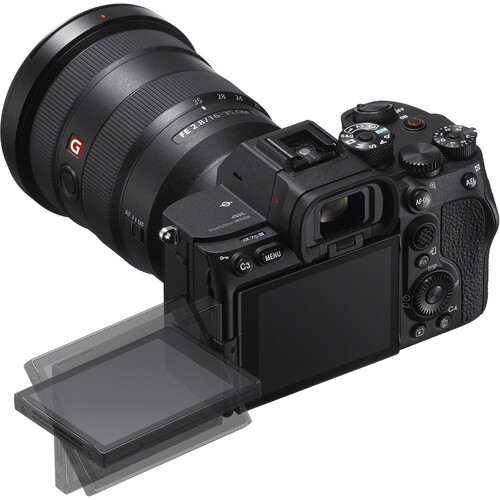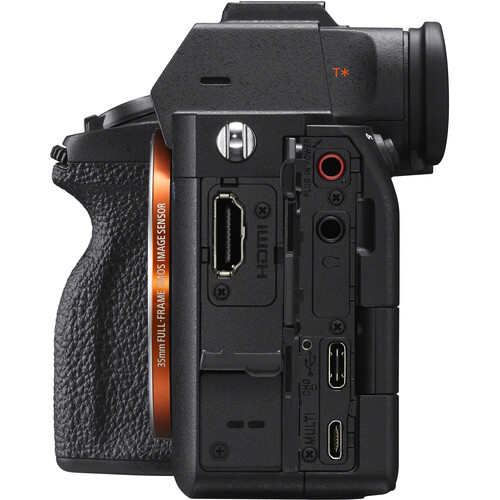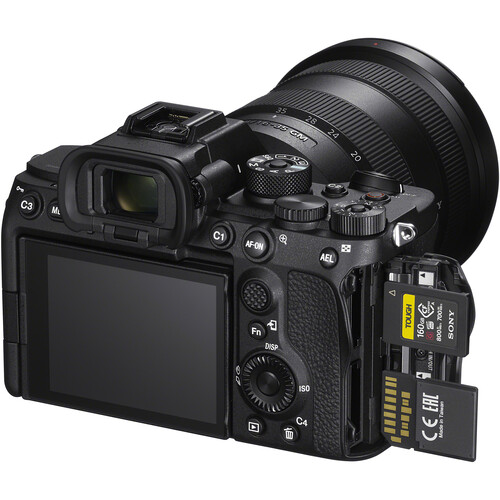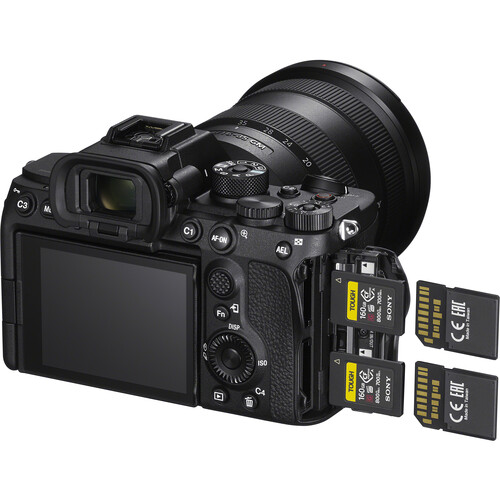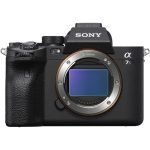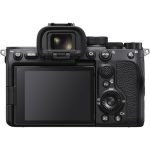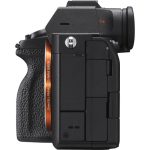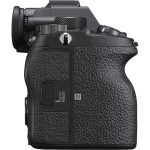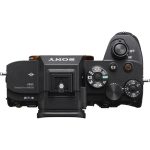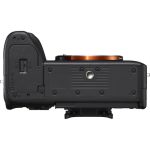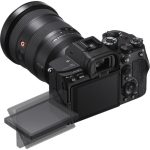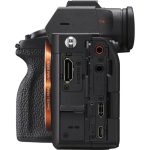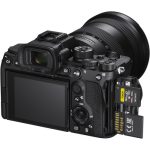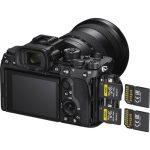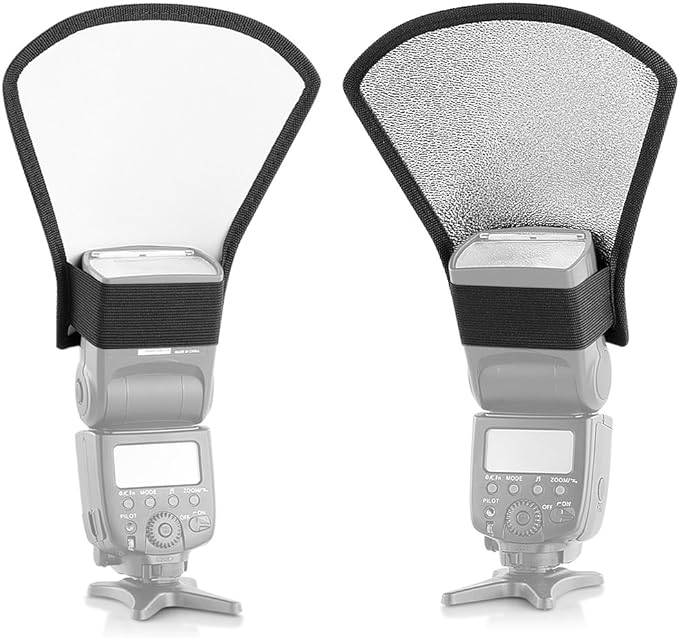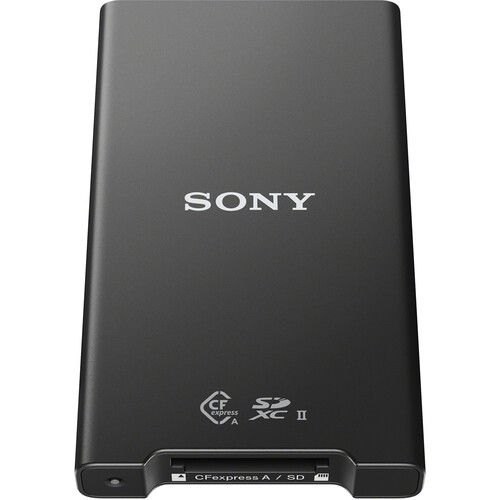Sony A7S III Overview

- UHD 4K recording is possible with frame rates up to 120p, using full 1:1 pixel readout without binning. Internal 10-bit 4:2:2 sampling is also possible in all recording modes and, if recording externally via the full-size HDMI A port, 16-bit raw output is also possible for even greater tonal reproduction and post-production flexibility.
- Two codecs have also been developed: XAVC HS, which uses HEVC/H.265 encoding to retain more detail at smaller bitrates, and XAVC S-I, which is an intraframe codec for consistent performance and quality at bitrates up to 600 Mb/s.
- The high-speed, 120 fps recording enables 4x and 5x slow-motion movie recording with the frame rate playback set to either 30p or 24p or, if moving down to Full HD resolution, an effective 240p frame rate is also available for even greater motion control.
- Suiting long-form recording, the a7S III does not have any recording time limits to allow for unlimited clip lengths. The camera’s physical design also features an improved heat-dissipating structure to promote longer possible recording times, up to an approximate 60-minute recording time at 4K60p.

- S-Cinetone can be used to deliver distinct colors and healthy-looking skin tone rendering that matches the FX9 and FX6 cameras and is based on technology from the professional Cinema Line cameras, such as the VENICE. This color profile offers natural mid-tones, soft colors, and especially well-controlled highlights.
- Affording extensive customizable color and gamma controls, the you can adjust the gamma, black level, knee, color level, and more. Also, users can use the same S-Log2 Gamma Curve that is found on high end Sony Cinema cameras that squeezes up to 1300% more dynamic range into the video signal then traditional REC709, for increased post-production flexibility.


The a7S III incorporates an enhanced 5.5-stop effective 5-axis SteadyShot INSIDE image stabilization system, which compensates for five different types of camera shake encountered during handheld shooting of stills and video. This allows users to confidently use any lens, even adapted lenses, for critical imaging without encountering blur from camera shake.
For long focal lengths, the system will correct for pitch and yaw adjustments. Macro and high-magnification imagery, on the other hand, will benefit from the inclusion of horizontal and vertical shift compensation. All shooting styles will get usage out of the roll compensation. All 5 axes of stabilization will function at all times, even when used with third-party lenses and adapters or lenses with built-in optical stabilization.
Additionally, specifically for video, there is also an Active IS mode that adds even more precise stabilization methods for even smoother footage straight out of camera.

- An impressive QXGA OLED Tru-Finder EVF features a high 9.44m-dot resolution and 0.9x magnification for exceptionally bright, clear, and detailed eye-level viewing. This viewfinder has a dedicated 120 fps High Quality setting for smooth motion rendering and the finder’s physical design has a long 25mm eye point, 41° field of view, and features a fluorine coating on the outermost viewfinder element to benefit cleaning.
- A first for a7-series cameras, a side-opening 3.0″ 1.44m-dot vari-angle articulating screen benefits working from high and low angles as well as a front-facing position for vlogging or other self-recording needs. This LCD is a touchscreen, too, for intuitive shooting control and menu navigation.
- Redesigned menu structure is more intuitive and complements having different workflows and settings selections for movie recording and stills shooting. The menu system also works in conjunction with the touchscreen design of the rear LCD.

- Dual memory card slots both accept either CFexpress Type A or SD-type memory cards. The dual slot design allows for flexible file saving and handling and can be configured to partition file types or can be used for overflow recording. Additionally, both of the card slots are rated to support UHS-II memory cards for faster transfer speeds.
- Magnesium alloy chassis assures rigidity, durability, and stability while remaining lightweight. The lens mount has also been improved to better support heavy lenses, and the grip rigidity has been improved for more comfortable hand-holding.
- Extensive weather-sealing, including enhanced sealing around the battery cover, terminal cover, and chassis joints, has been employed to resist dust and moisture for reliable operation in harsh weather conditions.
- Accepts the high-capacity NP-FZ100 rechargeable lithium-ion battery, which provides approximately 510 shots/80 minutes of recording per charge when using the viewfinder or 600 shots/95 minutes of recording per charge when using the rear LCD.

- Full-size HDMI A port offers a more reliable connection when working with external recorders.
- A USB 3.2 Gen 1 Type-C port has been added, in addition to a micro-USB port, for faster, more reliable tethering support. The USB Type-C connection allows the camera to be charged or powered from the host power source while connected.
- Both 3.5mm headphone and external microphone ports facilitate greater control over audio recording.
- Multi Interface Shoe supports working with the optional ECM-B1M Shotgun Microphone or XLR-K3M XLR Adapter Kit, which provide improved, clear audio recording sound by sending a digital audio signal to the camera, opposed to an analog signal.
- Built-in Wi-Fi enables the remote camera control and instant sharing of imagery to mobile devices for direct sharing online, and support for both 2.4 and 5 GHz bands also enables wireless tethered shooting support. This connectivity also provides remote camera control
- USB Type-C port can be paired with an optional Ethernet wired LAN adapter to provide 1000BASE-T connectivity, wired remote shooting, or FTP transferring.

